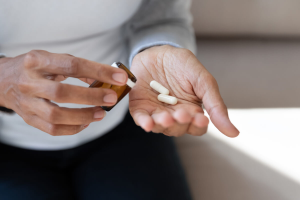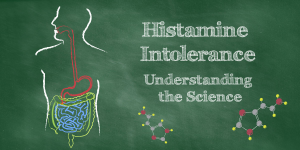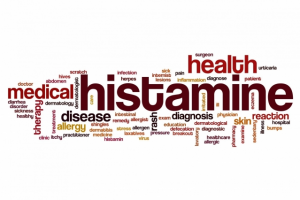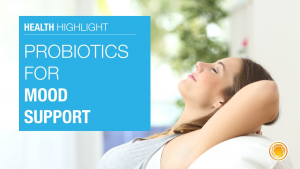 A meta-analysis reported in the American Journal of Clinical Nutrition concluded that consuming more carotenoids and vitamins C and E, and/or having higher levels of these antioxidants in the blood was associated with a lower risk of cardiovascular disease, cancer or all-cause mortality during follow-up periods that ranged from 2.1 to 32 years.
A meta-analysis reported in the American Journal of Clinical Nutrition concluded that consuming more carotenoids and vitamins C and E, and/or having higher levels of these antioxidants in the blood was associated with a lower risk of cardiovascular disease, cancer or all-cause mortality during follow-up periods that ranged from 2.1 to 32 years.
“These results support the notion that a high intake of fruits and vegetables, especially those high in vitamin C and carotenoids, reduces the risk of cardiovascular disease, cancer, and premature mortality,” the authors conclude.
The researchers selected 69 prospective studies for the meta-analysis. For every 100 milligram per day increase in dietary vitamin C, they calculated a 12% lower risk of coronary heart disease, an 8% lower risk of stroke, a 7% lower risk of cancer, and 11% lower risks of cardiovascular disease and mortality from any cause during follow-up. For each 50 micromole per liter increase in blood levels of the vitamin, the risk of coronary heart disease was 26% lower, the risk of stroke was 30% lower, cardiovascular disease risk was 24% lower, cancer risk was 26% lower, and mortality during follow-up was reduced by 28%. Dietary intake and/or blood levels of the carotenoids, including alpha-carotene, beta-carotene, beta-cryptoxanthin and lycopene were similarly associated with risk reductions.
Higher blood levels of vitamin E were associated with decreased risks of stroke, cancer and all-cause mortality







